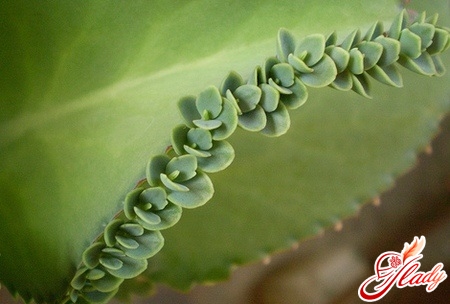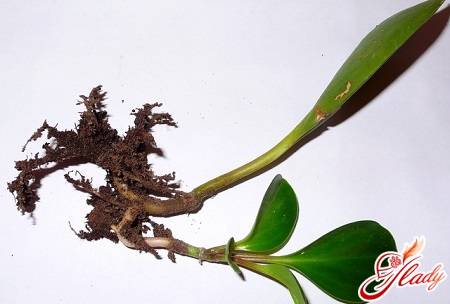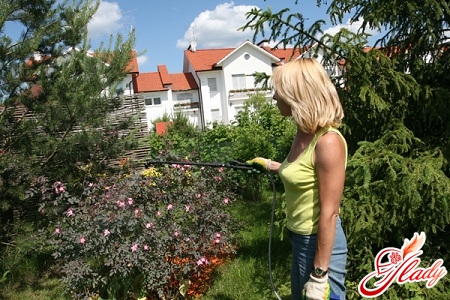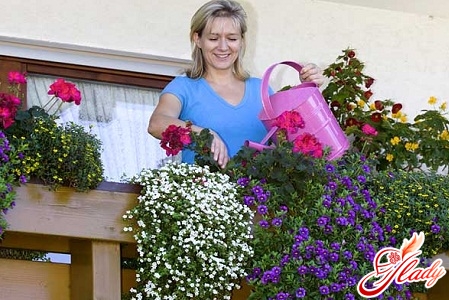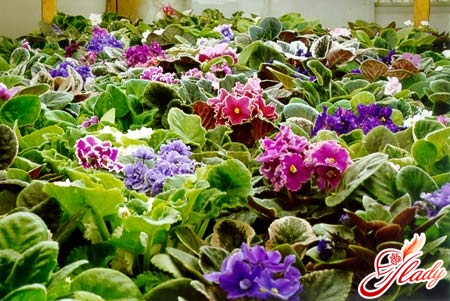 You have visited an exhibition of flowers or in a shop and,seeing the violet, just could not resist and bought this beauty? And now you are afraid that you will not manage and ruin the plant, because you do not know how to care for violets? Do not worry in vain, a few simple tips given in this article will help you extend the life of the plant and enjoy new flowers every day. Violets came to us from East Africa. It was there, in the Uzumbara mountains, for the first time discovered these flowers by the French botanist St. Paul Iller. The scientific name of violets is senopolia, which it received in honor of its discoverer.
You have visited an exhibition of flowers or in a shop and,seeing the violet, just could not resist and bought this beauty? And now you are afraid that you will not manage and ruin the plant, because you do not know how to care for violets? Do not worry in vain, a few simple tips given in this article will help you extend the life of the plant and enjoy new flowers every day. Violets came to us from East Africa. It was there, in the Uzumbara mountains, for the first time discovered these flowers by the French botanist St. Paul Iller. The scientific name of violets is senopolia, which it received in honor of its discoverer.
- Violets like bright light, but do not favor direct sunlight, so it's best to keep these flowers on the north window.
- If you do not have such an opportunity, then do not despair - just use curtains made of dense material so that the direct rays of the sun do not fall on the plant, and the room had enough light.
- If you want your violet to look beautiful and symmetrical, rotate it a couple of times a week. Do not forget to pick off wilted flowers and damaged or yellowed leaves.
- As for the temperature regime, the usual room temperature suits the violet quite well.
- Worms affect the plant not in the best way.
- The humidity of the air must be high enough, so the violets live well in the kitchen, where, because of cooking, the air is hot and humid.
- The parameters of the pot are also important for proper care and growth. Use small plastic pots, about fifteen centimeters in diameter and about ten centimeters in height.
What to plant and how to water?
The earth must be loose, it is easy to absorb water andgood air flow. There are ready earth mixtures for violets. But if you do not want to look for them, do this: half of the pot is covered with expanded clay (this is such a lightweight porous material, brown pieces of oval shape), which is sold in specialized stores, put a piece of charcoal and add ordinary land. Asking the question, how to care for violets, first of all comes to mind the watering of the plant. Here you should not get involved. The soil should be constantly moist, but not excessively flooded. To know exactly whether to water the plant, lower your finger into the ground - if it's dry, then water, of course, it's time. As for the process of watering, it is best to water the violets in this way: take a deep bowl, pour warm water in it and put a pot of flower there, leaving it there until the flower drinks all the water. At a time when violets bloom, they need to be fertilized every two weeks. If the plant does not bloom, it can be fertilized less often - about once a month. Fertilizers need to be added to water for irrigation. You probably heard a lot of controversy about whether it is worth spraying indoor plants or not. Of course, it's worth it! Especially if the leaves of your violet are dull from dust. Take the flower to the bathroom and pour it from the shower (the jet should be light and warm). After that, leave the violet in the bathroom, so that the leaves dry completely, because if you put a wet violet on a bright light, its leaves will be covered with spots. From time to time, violets need to be transplanted. It is enough to change the land once a year and transplant the flowers into the same pots. After transplanting the plant should be well watered, and then not watered for two days. It is best to have a transplant in the spring.
When it's frosty outside ...
With the onset of cold weather, many domestic plantsperish from improper care. This fact applies to the violet in the first place. To make your beautiful woman feel good and continue to please with flowers, you need to understand how to care for violets in winter, creating a favorable atmosphere for them. In winter, violets receive little light, so you need to install additional lighting or simply turn on the light in the dark for several hours to extend the light day. To water a flower in cold time it is necessary a little bit less, because if the water stagnates, and the earth does not absorb it, the plants can begin to rot roots. If you suddenly noticed that after all you have filled the flower, quickly transplant it into a clean, dry land, covering it with a glass jar. The can be removed when new roots appear. You will notice this, as the plant will release a fresh leaf. If you are cold on the windows, it is best to remove the flower from the window sill. The violet does not tolerate a low temperature and can freeze. Dry air, formed by heating, also harms violets. Therefore, it should be poured into a pallet of expanded clay, pour it with water and put on top a pot of plant. When ventilating the room, take the flower away from the drafts. If you stick to all these tips, treat the plant with love and care, then your violets will thank you with abundant and long flowering. We advise you to read:




